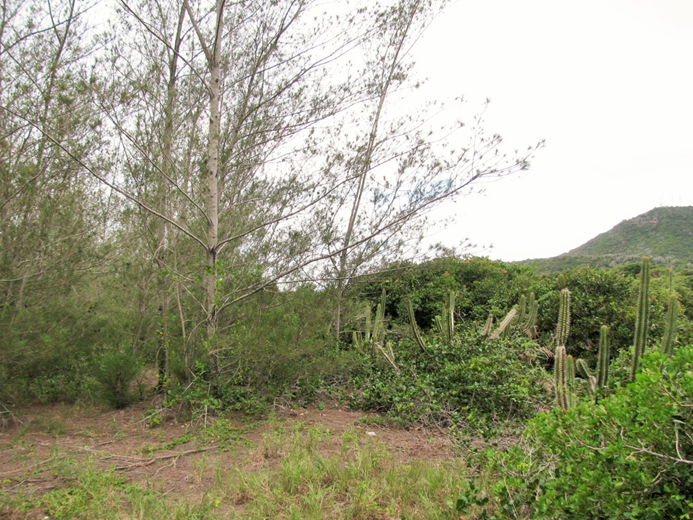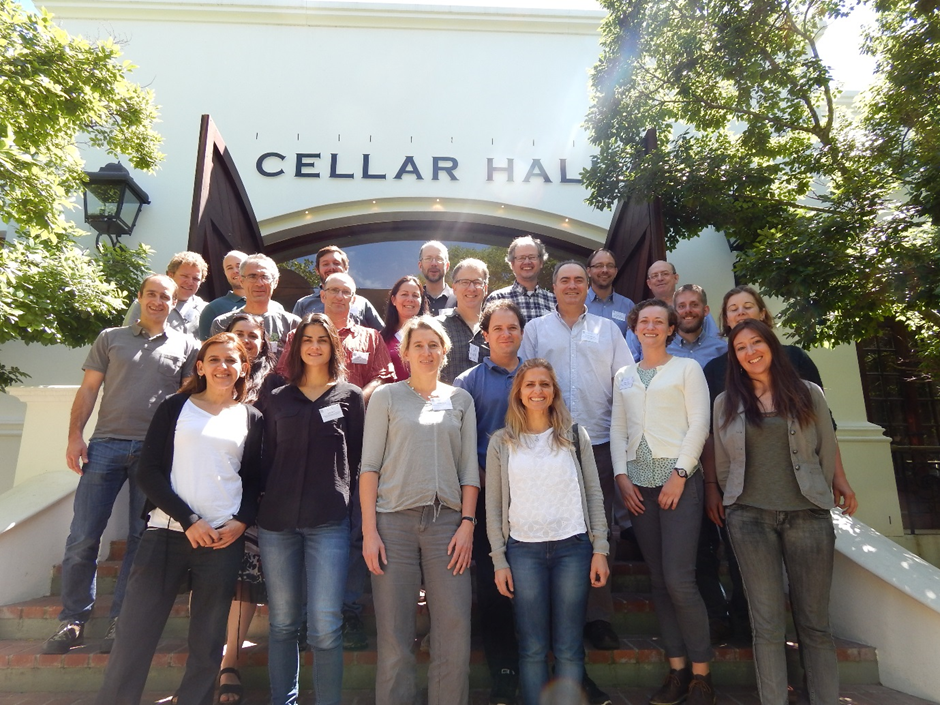What’s your name? Resolving taxonomic uncertainties in an invasive tree
A recent paper led by C·I·B post-doctoral fellow Heidi Hirsch highlights how uncertainty about the taxonomy can impact inferences in invasion ecology, using the Australian silver wattle (Acacia dealbata) as a case study.




